- Home
- Articles
- Architectural Portfolio
- Architectral Presentation
- Inspirational Stories
- Architecture News
- Visualization
- BIM Industry
- Facade Design
- Parametric Design
- Career
- Landscape Architecture
- Construction
- Artificial Intelligence
- Sketching
- Design Softwares
- Diagrams
- Writing
- Architectural Tips
- Sustainability
- Courses
- Concept
- Technology
- History & Heritage
- Future of Architecture
- Guides & How-To
- Art & Culture
- Projects
- Interior Design
- Competitions
- Jobs
- Store
- Tools
- More
- Home
- Articles
- Architectural Portfolio
- Architectral Presentation
- Inspirational Stories
- Architecture News
- Visualization
- BIM Industry
- Facade Design
- Parametric Design
- Career
- Landscape Architecture
- Construction
- Artificial Intelligence
- Sketching
- Design Softwares
- Diagrams
- Writing
- Architectural Tips
- Sustainability
- Courses
- Concept
- Technology
- History & Heritage
- Future of Architecture
- Guides & How-To
- Art & Culture
- Projects
- Interior Design
- Competitions
- Jobs
- Store
- Tools
- More
Rethinking Urban Life Beyond the Built Environment
Explore the vibrant life thriving amidst the concrete jungles of urban environments. This article reveals the hidden gems of city living—community gardens, parks, and local markets—that foster connections and enhance well-being. Delve into the synergy between nature and architecture, and discover how green spaces boost biodiversity and resilience.
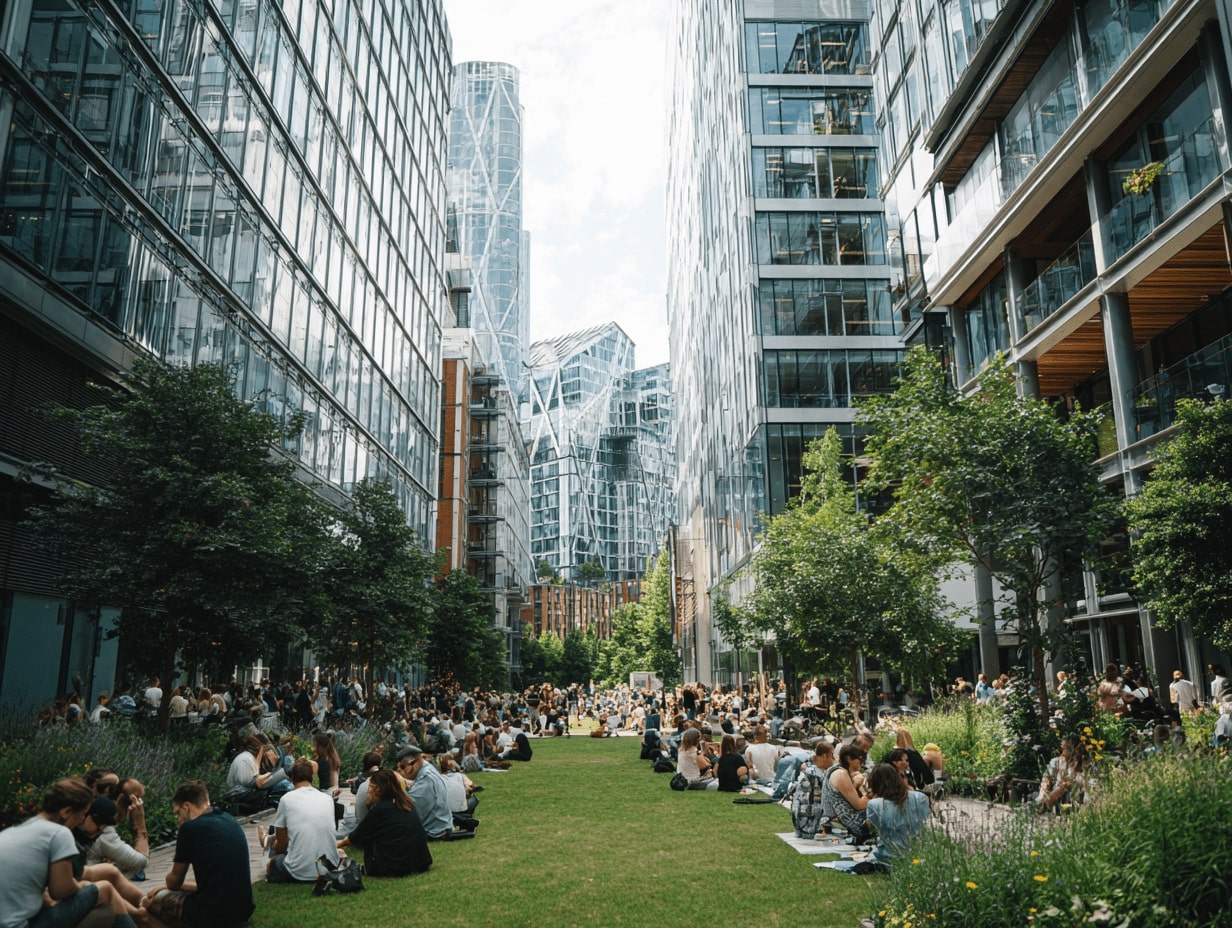
In the heart of every bustling city lies a vibrant tapestry woven from concrete, steel, and life. As we navigate through urban landscapes, it’s easy to overlook the pulse of the city that thrives beneath the surface. The question arises: is the city alive in between all the concrete?
From hidden parks and community gardens to street art and local markets, urban environments are filled with pockets of life waiting to be discovered. These spaces not only offer a breath of fresh air but also foster connections among residents, reminding us that nature and community can flourish even in the most unlikely places. Join us as we explore the often-overlooked aspects of city life that reveal the true essence of urban vitality.
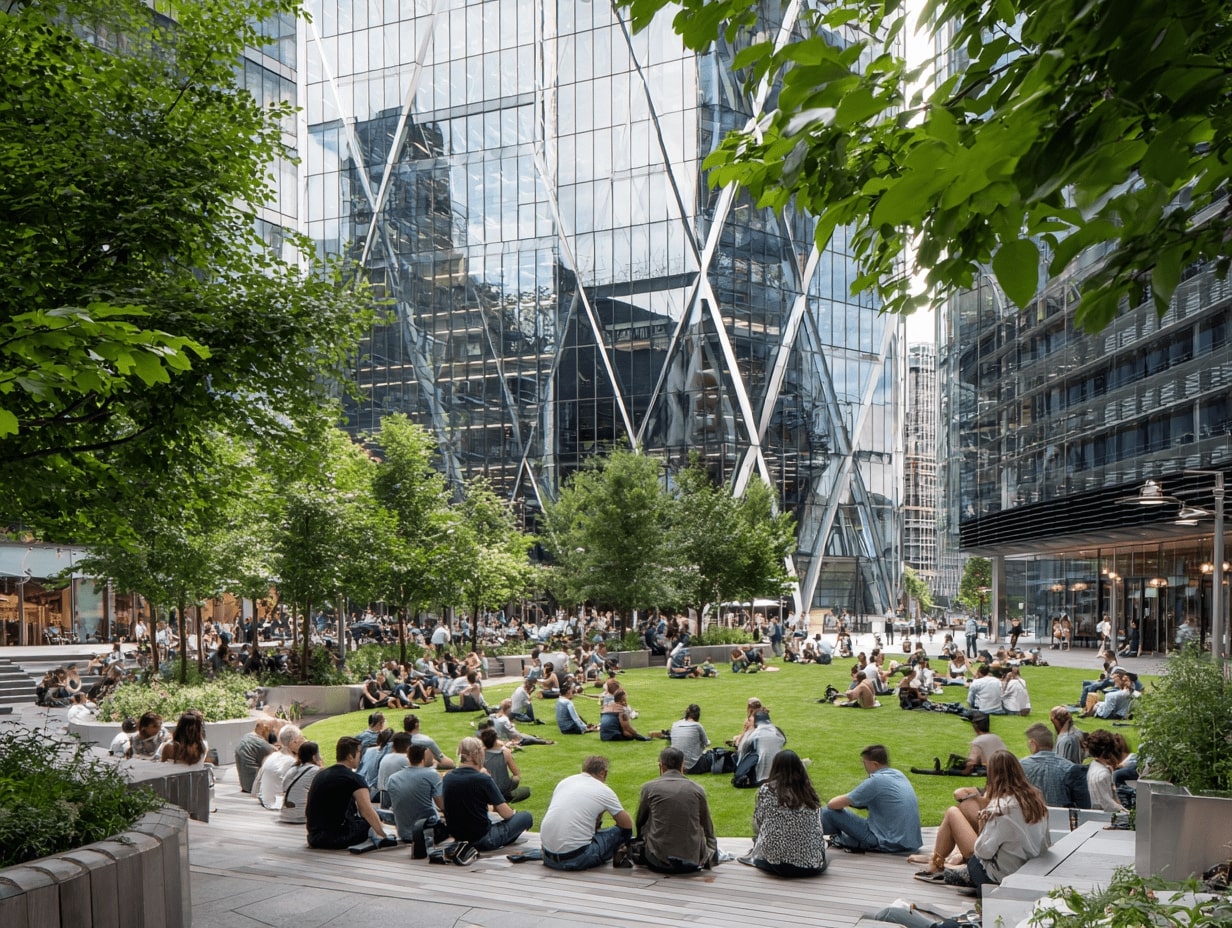
Table of Contents
ToggleUrban Life and Nature
Urban environments often foster a dynamic relationship between nature and city life. We discover that green spaces and biodiversity play crucial roles in enhancing our urban experience.
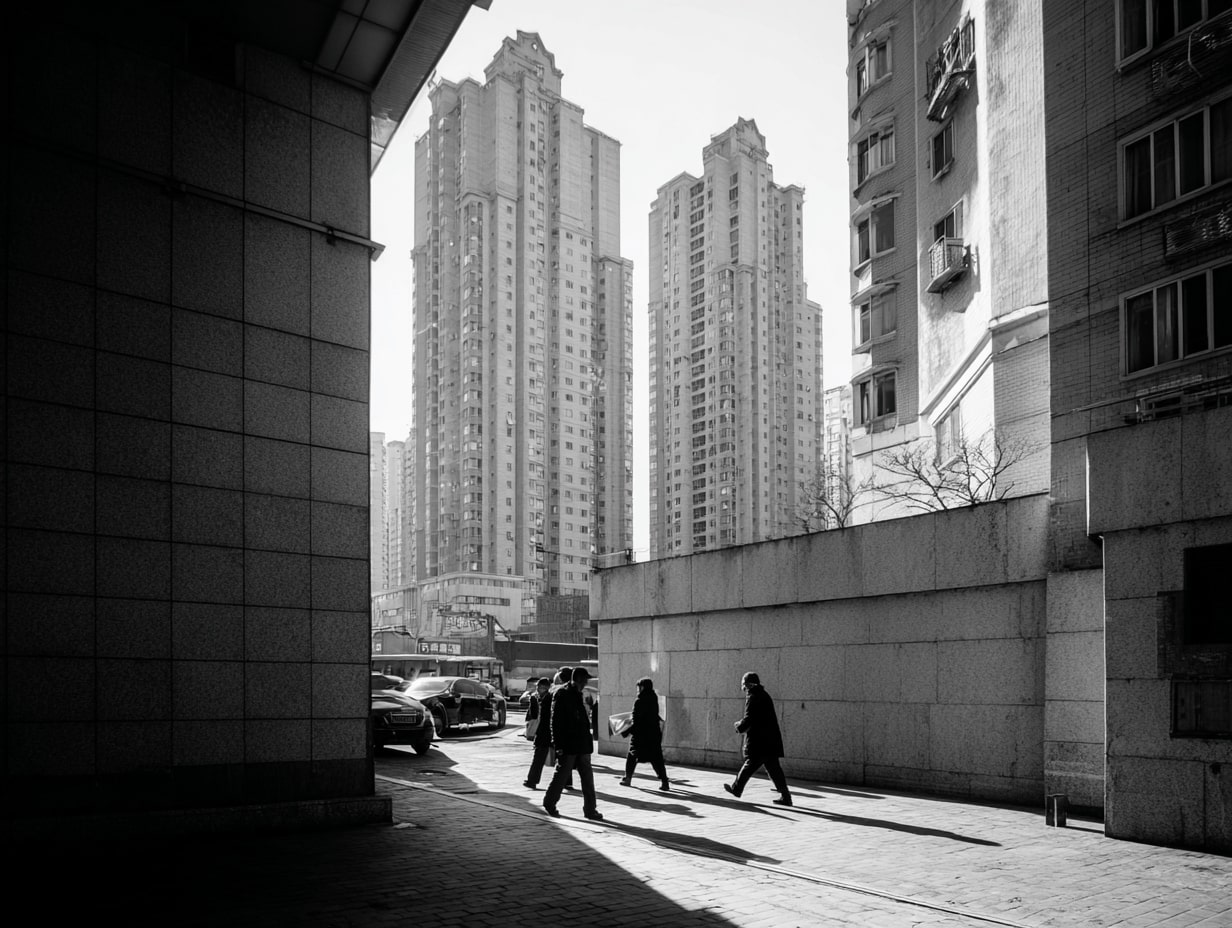
The Impact of Green Spaces
Green spaces significantly benefit our cities, offering areas for recreation and relaxation. Research indicates that access to parks reduces stress levels and improves overall well-being. Urban parks, community gardens, and rooftop gardens provide essential habitats for wildlife and crucial spots for social interactions. Studies show that urban greenery can lower temperatures by as much as 5°F, helping mitigate heat island effects. Cities that prioritize green spaces enhance air quality and encourage physical activity among residents.
Biodiversity in Urban Areas
Biodiversity contributes to the resilience of urban ecosystems. Diverse species within our cities help pollinate plants, control pests, and recycle nutrients. Initiatives like planting native species support local wildlife populations, improving the health of ecosystems. Urban areas can host various species, from birds and insects to small mammals, creating vibrant microenvironments. Research from organizations like the World Wildlife Fund highlights that increasing green roofs and walls can markedly enhance urban biodiversity, benefiting both residents and the environment.
The Concrete Jungle
Concrete often dominates city landscapes, yet life pulses through the interstices. Architecture acts as both a backdrop and a facilitator for urban vitality.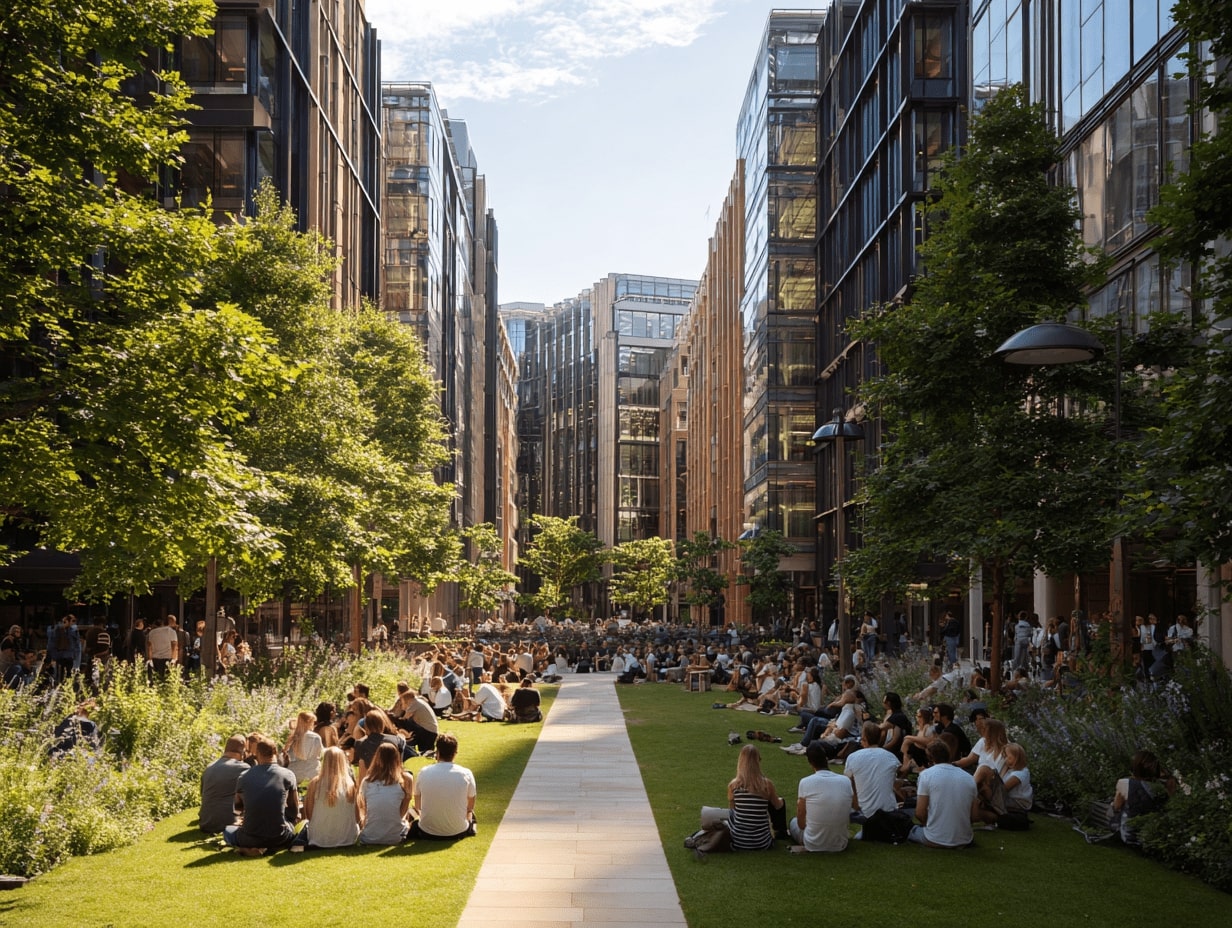
Architecture and Its Role
Architecture shapes urban identity and influences how we interact with our environment. Iconic landmarks, such as skyscrapers and historic buildings, draw people in and foster community engagement. Innovative designs, like mixed-use developments, blend residential, commercial, and recreational spaces, promoting accessibility and interaction. Sustainable features, such as green roofs and living walls, enhance biodiversity while providing aesthetic and functional benefits. Through thoughtful design, architecture transforms how we experience city life, contributing to a vibrant cultural tapestry.
The Human Experience in City Spaces
Human experiences in city spaces reflect our need for connection and engagement. Public squares, bustling markets, and tranquil parks serve as social hubs where interactions flourish. Street art and performances inject creativity into daily life, turning ordinary paths into vibrant corridors. Access to green areas allows for respite and recreation, essential for mental well-being. By participating in local events and utilizing shared spaces, we cultivate a sense of belonging, enriching our urban existence. Balancing built environments with opportunities for human connection creates a dynamic, thriving city.
Resilience of City Ecosystems
Cities host resilient ecosystems where flora and fauna adapt to urban environments. These ecosystems thrive amidst concrete, offering vital functions like habitat provision, air purification, and temperature regulation.
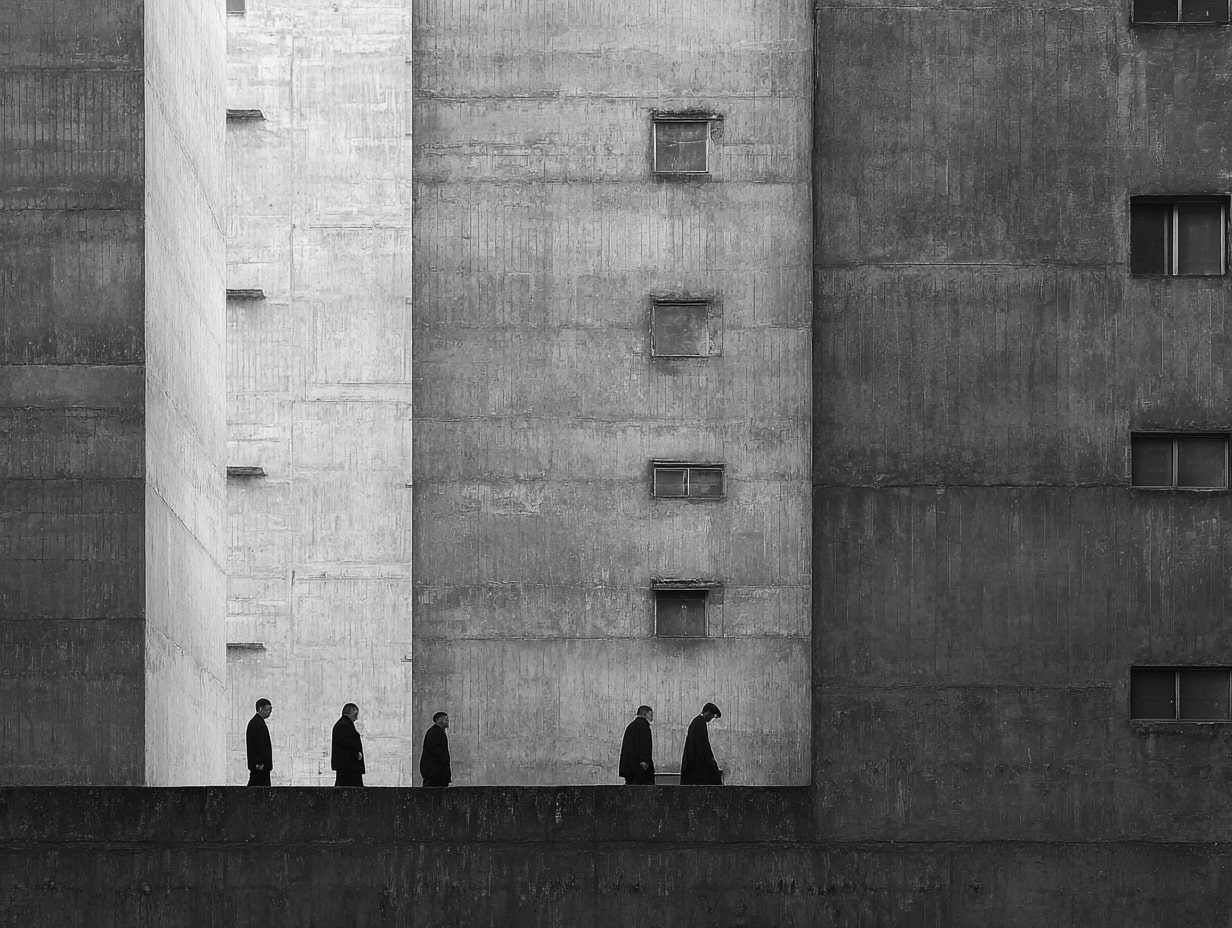
Adaptation of Flora and Fauna
Flora and fauna adapt uniquely to urban habitats. We observe certain plants, such as dandelions and clovers, as they flourish in cracks of sidewalks and neglected spaces. Urban wildlife, including pigeons and raccoons, thrive on human activity and modified habitats. These species often showcase increased populations compared to their rural counterparts. Specifically, urban birds may exhibit larger body sizes due to access to diverse food sources.
Moreover, many cities encourage the growth of native plants, which better support local pollinators. Efforts to plant flowering species contribute to ecosystem resilience and enhance urban biodiversity. Through these adaptations, a lively ecosystem emerges, vital for sustaining urban life.
Community Initiatives for Urban Greening
Community initiatives play a crucial role in enhancing urban ecosystems. We participate in local projects, such as tree planting and the establishment of community gardens, to promote green spaces. Initiatives, like the “Greening the Streets” campaign in various cities, invite residents to transform vacant lots into vibrant gardens.
Local non-profit organizations often facilitate workshops, educating residents on native planting techniques and sustainable gardening methods. These activities encourage residents to connect with nature and each other, fostering community ties. Additionally, initiatives that transform rooftops into green spaces not only provide aesthetic benefits but also reduce energy consumption and improve air quality.
Through these community-driven efforts, we witness the resilience of city ecosystems, showcasing the positive impact of engaging residents in urban greening practices.
The Future of Urban Living
Urban living is evolving. We explore how innovative strategies can enhance our cities while harmonizing with the natural environment.
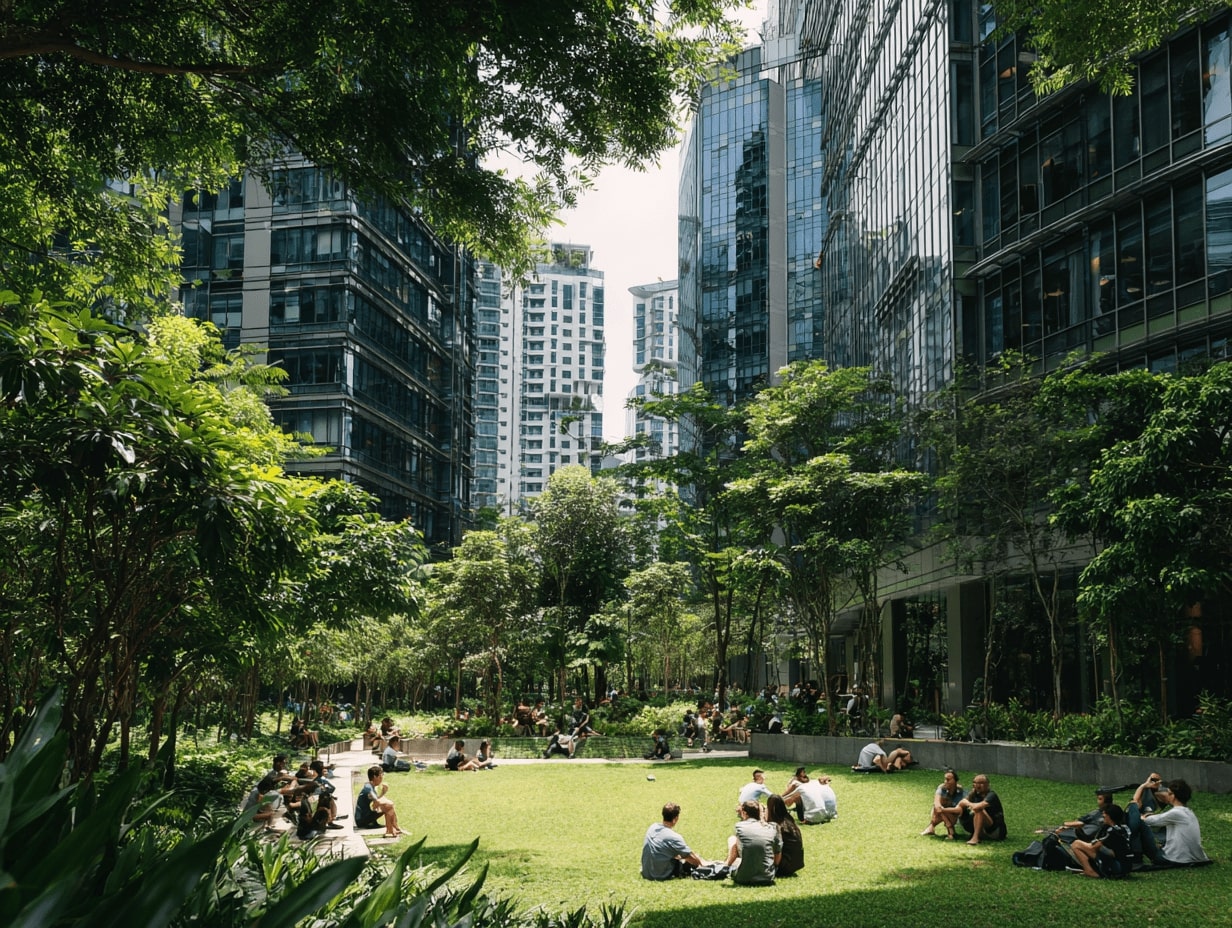
Sustainable Urban Design
Sustainable urban design focuses on creating functional, eco-friendly spaces. We aim for designs that minimize environmental impact through energy-efficient buildings and renewable materials. Concepts such as mixed-use developments increase accessibility and reduce commuting, promoting a vibrant street life. Incorporating green roofs and permeable pavements enhances biodiversity and improves stormwater management. Our commitment to integrating sustainability in urban planning fosters healthier living conditions for all residents.
Balancing Concrete and Nature
Balancing concrete and nature is essential for vibrant urban ecosystems. We can create a synergy between infrastructure and green spaces by incorporating parks, urban forests, and community gardens into city layouts. Enhancing urban biodiversity through native plant installations encourages pollination and supports local wildlife. Green corridors can connect parks and natural areas, improving habitat accessibility for species while offering residents recreational opportunities. Prioritizing this balance ensures our cities flourish, providing essential services and enriching our quality of life.
Conclusion
The exploration of urban life reveals vibrant ecosystems existing beneath the concrete. Hidden parks, community gardens, and local markets enrich our city landscapes, fostering connections among residents and revitalizing urban neighborhoods. Every green space contributes to our community’s vitality, inviting engagement and appreciation.
Our relationship with nature within urban environments enhances well-being. Access to parks reduces stress and provides recreational opportunities, making a significant difference in our daily lives. As vital habitats for wildlife, urban gardens also improve air quality and help mitigate climate effects. Each initiative, such as increasing green roofs and planting native species, boosts biodiversity, serving both residents and the environment.
Architecture plays a pivotal role in defining our urban identity. Iconic landmarks and innovative designs strengthen accessibility and interaction among us. Sustainable features not only enhance aesthetics but also enrich our urban experiences. Public squares and markets function as social hubs, deepening our sense of belonging and community engagement.
In urban ecosystems, resilience is observable where flora and fauna adapt to human activity. Plants like dandelions thrive in neglected areas, while urban wildlife find their niches amidst our living spaces. Community-driven initiatives, including tree planting and transforming vacant lots, reinforce the connections among residents, creating vibrant ecosystems.
Looking toward the future, we embrace innovative strategies that prioritize sustainable urban design. Energy-efficient buildings and mixed-use developments promote functional, eco-friendly spaces. By integrating parks and community gardens into city layouts, we enhance biodiversity and create recreational opportunities. Advocating for this balance allows our cities to flourish, delivering essential services and enriching our quality of life.
- cities pulses
- city adventure seekers
- city exploration guide
- city hidden treasures
- city life discoveries
- concrete jungle exploration
- discover city vibrancy
- discover urban secrets
- explore the city
- hidden city gems
- hidden city tours
- hidden urban spots
- urban adventure seekers
- urban adventure tours
- urban cultural hotspots
- urban exploration
- urban exploration adventures
- urban vibrancy
- urban vibrancy tours
- urban wonders tour
Submit your architectural projects
Follow these steps for submission your project. Submission FormLatest Posts
Copenhagen Named the Happiest City in the World in 2025
Copenhagen has been named the happiest city in the world in 2025...
Frank Gehry’s Transformative Ideas in Urban Design
Frank Gehry’s influence extends far beyond expressive architecture; his ideas have reshaped...
Architecture as Infrastructure: Designing Beyond Buildings
Architecture as infrastructure reframes cities as systems—flows, lifecycles, and value. Explore resilient...
Designing for Emotional Urbanism: How We Shape Cities People Actually Feel Good In
Emotional Urbanism: a practical guide to design that reduces stress, boosts dwell...




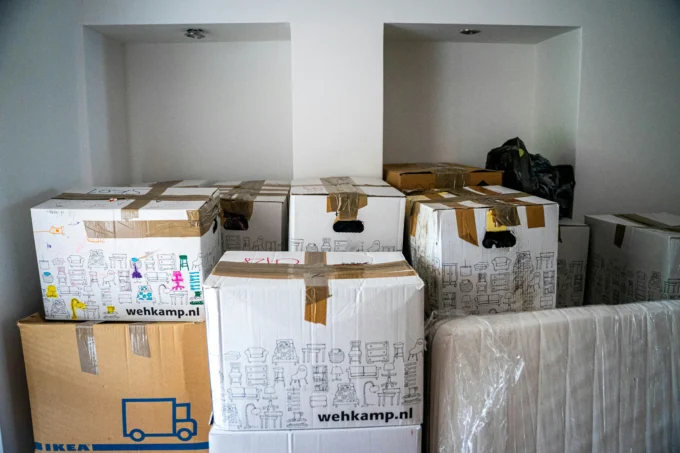



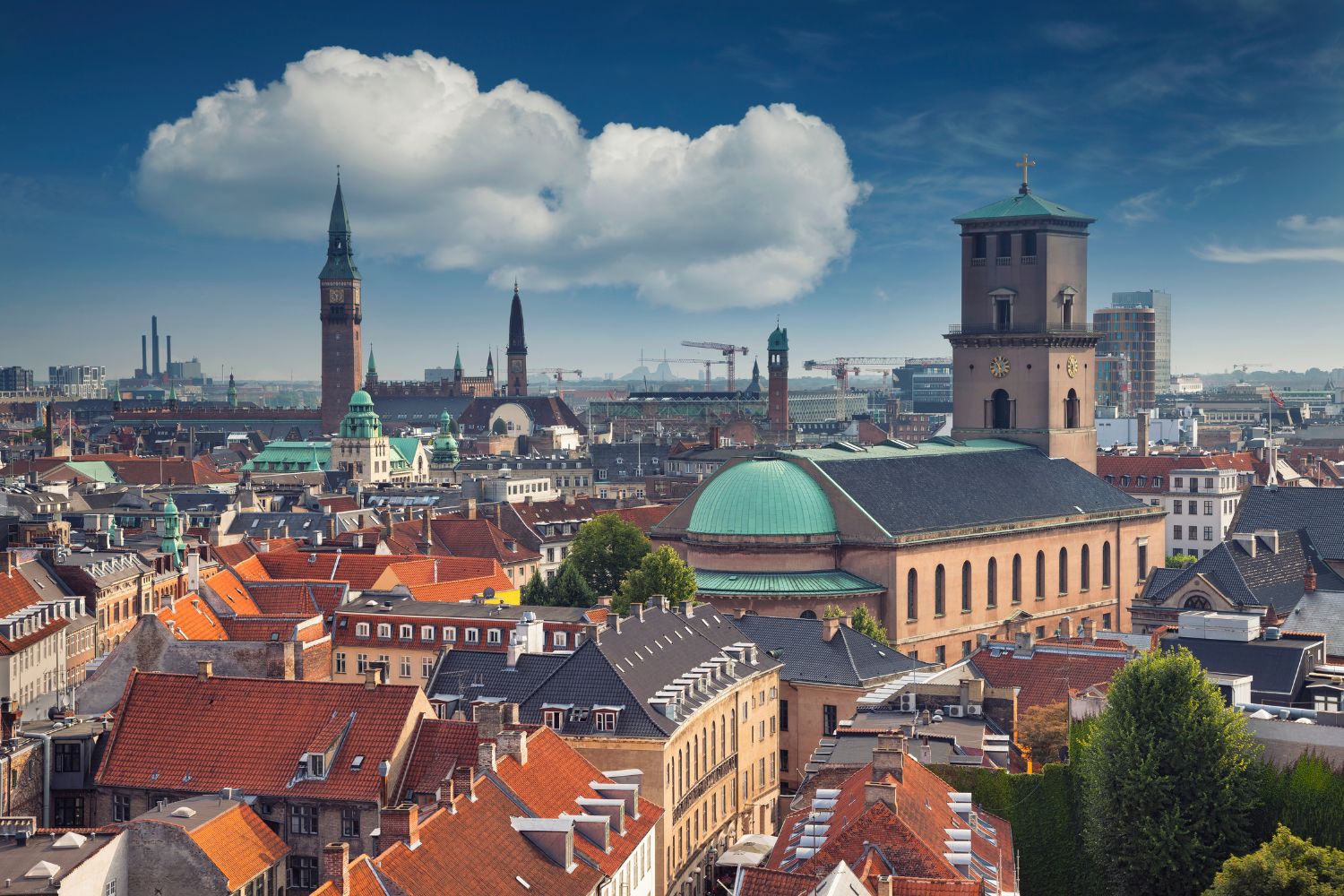

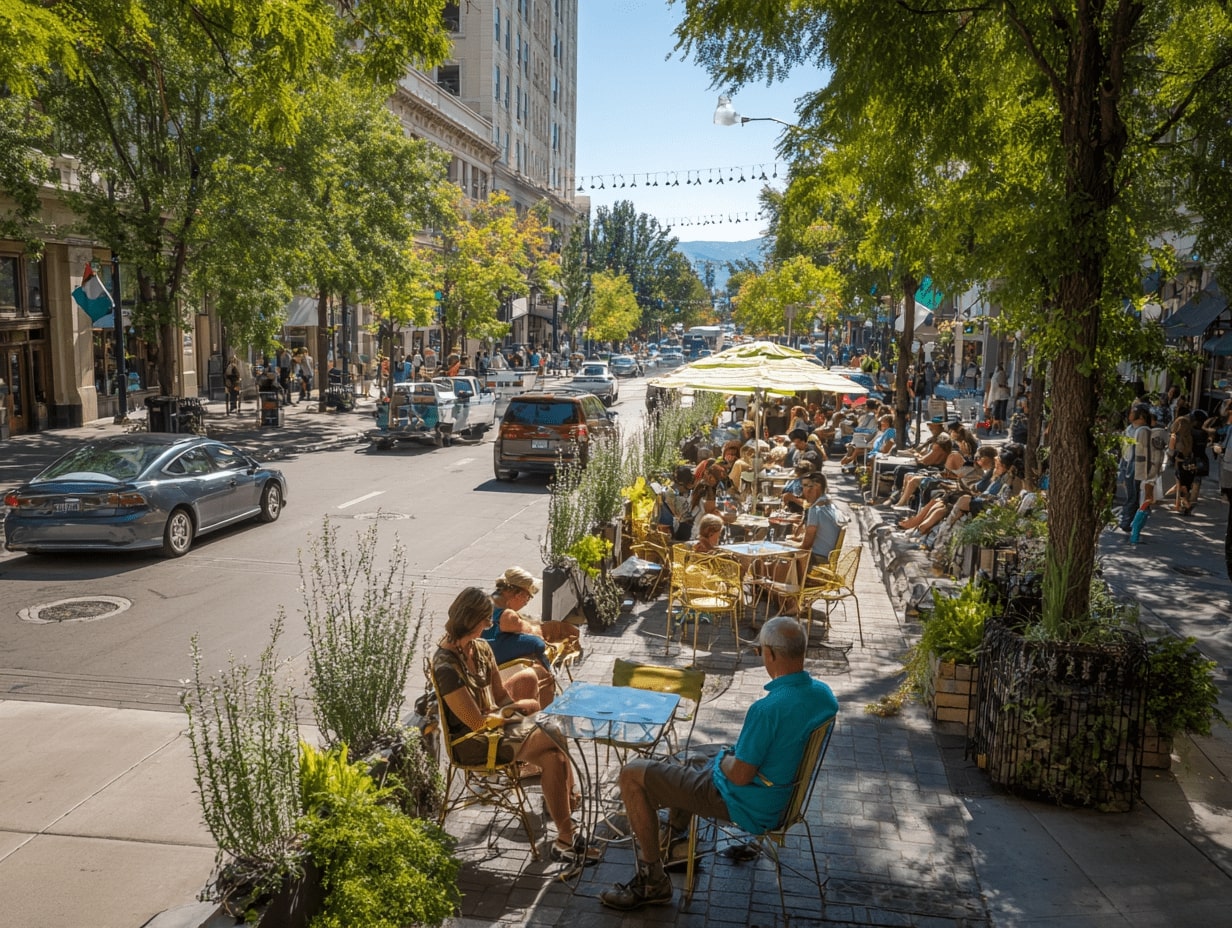
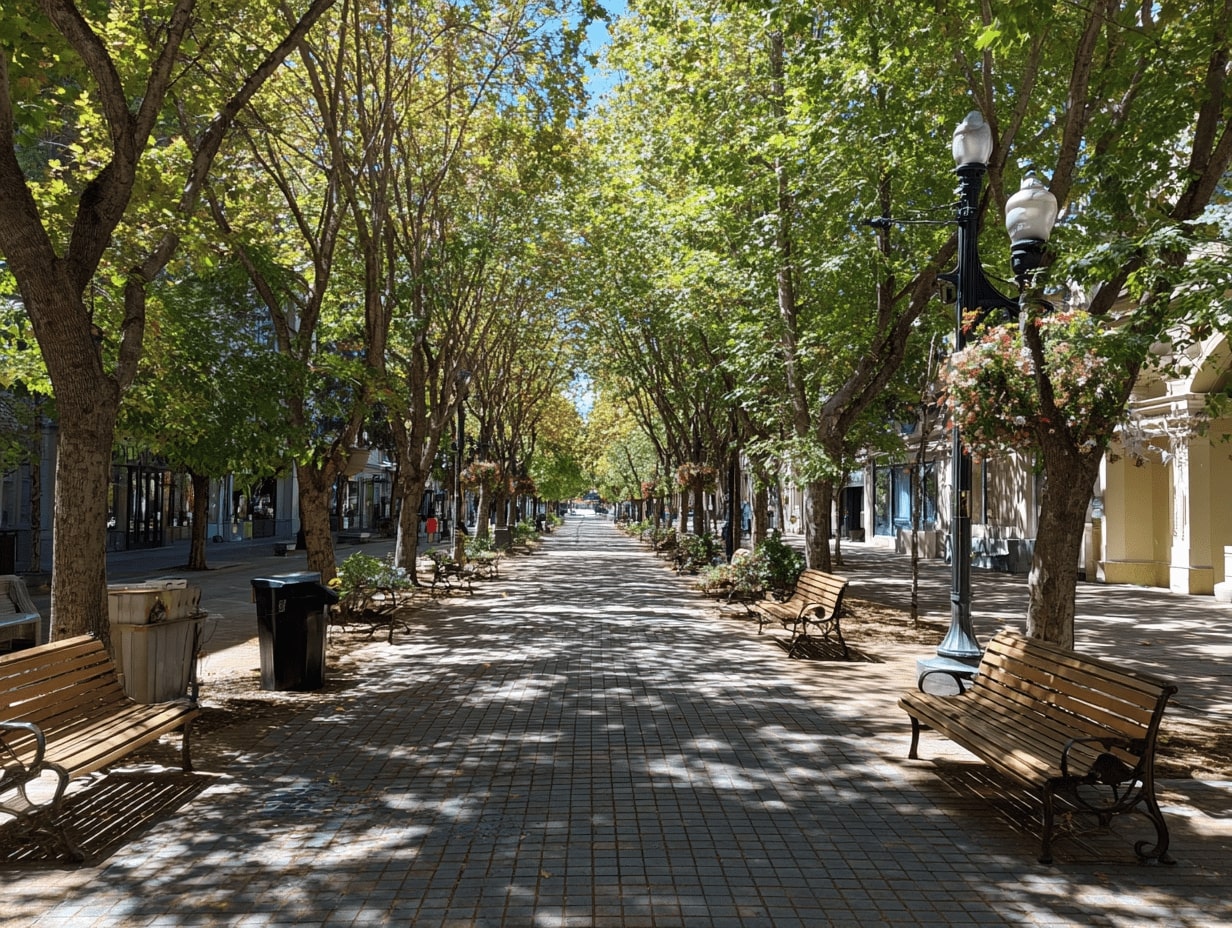
Leave a comment